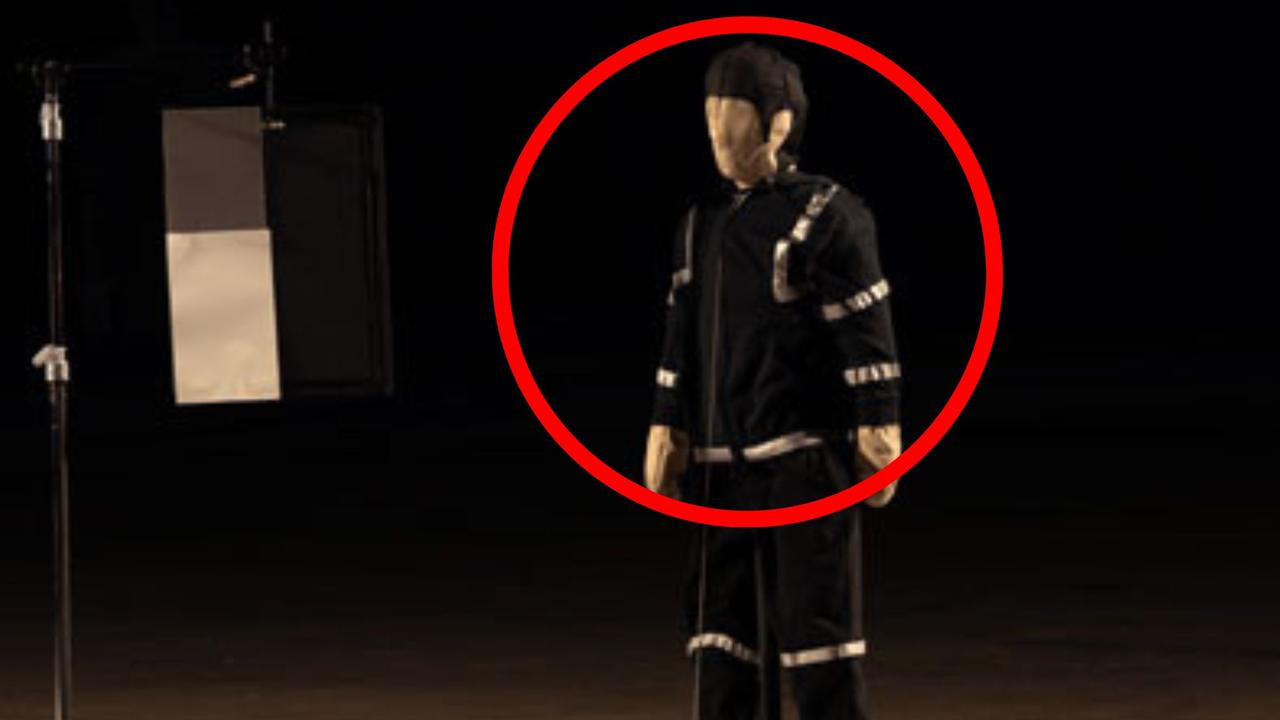Australian trial of Toyota Lexus self-driving cars coming to Melbourne in Carlton
A new Aussie trial of a self-driving car that will create a virtual warning system across public transport and other networks is coming to our roads.

Motoring News
Don't miss out on the headlines from Motoring News. Followed categories will be added to My News.
The no-hands commute is edging closer to reality as Australian trials investigate ways of making cars talk to each other, as well as buses, trams and traffic signs.
An Australian-first trial of connected vehicles will establish a virtual warning system across public transport, emergency vehicles, infrastructure and specially modified Lexus luxury cars in Melbourne’s Carlton next month.
Car-to-car and car-to-infrastructure communication is vital to making autonomous cars a possibility.
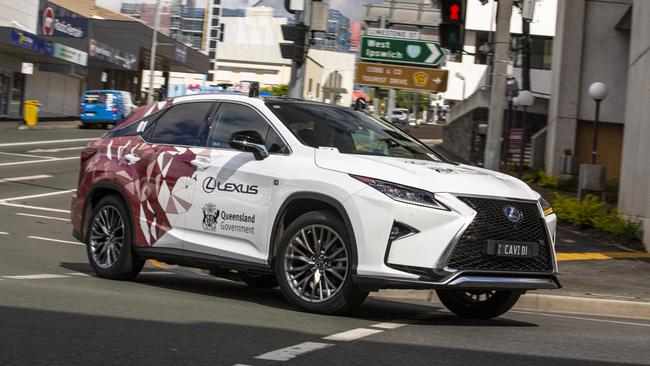
Future applications include telling driverless cars when to stop for a red light or move over for police. It could even remotely activate automated emergency braking systems in modern vehicles to prevent them sailing through traffic lights and into the path of other vehicles.
Lexus Australia chief executive Scott Thompson said the technology is “designed to save lives”.
Sean Hanley, vice president of sales and marketing for Toyota, Lexus’ parent company, said ongoing trials are “designed to improve road safety while reducing congestion, fuel consumption and emissions”.
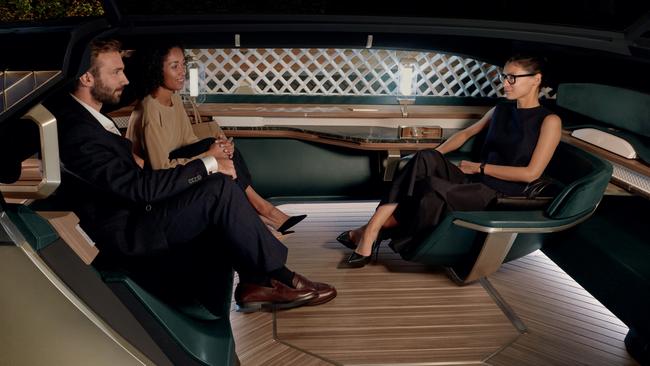
Lexus and other brands offer limited hands-free driving on carefully chosen roads overseas, but not yet in Australia.
The next step on the road to autonomous cars is likely to be smart motorways where motorists can hand steering control to vehicles away from pedestrians, intersections and oncoming traffic.
American owners of Ford’s latest F-150 ute – the most popular car in the US – will be able to drive hands-free on some roads in coming months.

The blue oval says more than 100,000 miles (160,000 kilometres) of “prequalified sections of divided highways called “Hands-Free Blue Zones” will be available to customers this year. Japan already has some smart highways allowing hands-free driving, and Britain is expected to establish new laws for self-steering cars this year that Transport Minister Rachel Maclean said are “a major step for the safe use of self-driving vehicles in the UK”.

Tesla boss Elon Musk is bullish about driverless cars, so much so that buyers can already order “full self-driving capability”, with the caveat that it’s subject to government approvals.
Musk is also invested in future tech including a high-speed underground “hyperloop” to beat traffic, along with free and regular wireless updates for his cars and the promise of driverless robo-taxis shuttling commuters from point to point.
Though a promise of widespread autonomous cabs has not become reality, Tesla customers do enjoy emerging technology including in-car video games, karaoke, and the ability to use smartphones to unlock the car and access key features.
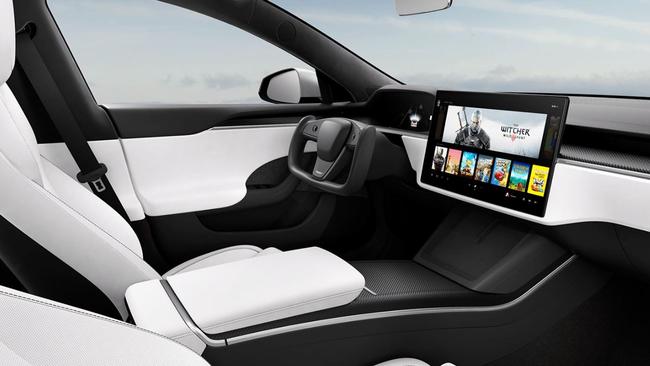
Ford’s head of autonomous vehicle partnerships, Thomas Walsh, said the American giant will offer driverless vehicle services in the US in 2023, though customers will have to buy a ticket to ride in a vehicle as opposed to being able to park one in their driveway.
“For a number of reasons, they won’t be available for private sale upon launch,” Mr Walsh said.
“So we will avail fleets of Ford owned autonomous vehicles for commercial uses, be they for either moving people or moving goods.”
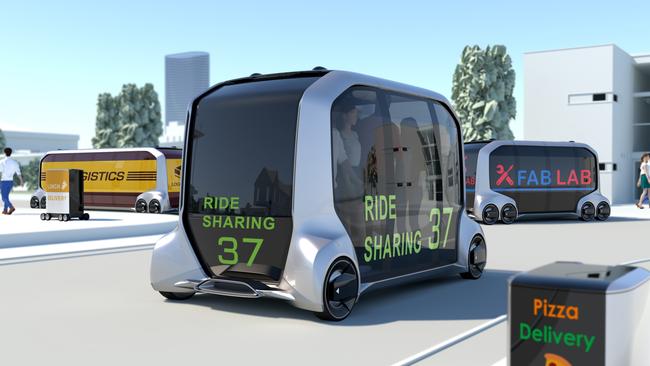
Autonomous vehicles are already being used in mining and agriculture in Australia.
Perth hosted one of the nation’s first on-road autonomous vehicle trials with the compact, pod-like RAC Intellibus from 2016, taking handfuls of passengers on brief tours of scenic areas. Volvo took part in a simple trial of lane keeping assistance and other features in Adelaide back in 2015, while Mercedes brought a team of experts and their prototype S-Class to Australia in 2017 to capture data from our highway system.
The road to autonomous vehicles could be a bumpy one.
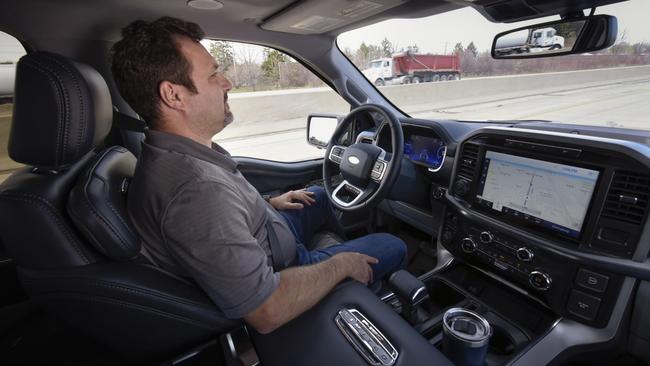
Professor Anina Rich, director of the Perception in Action Research Centre at Macquarie University, said semi-autonomous technology bridging the gap to truly self-driving vehicles struggles to overcome the fact that people are likely to tune out when they aren’t directly involved in a technical process such as driving.
“It turns out putting people in situations where they are not doing anything and just monitoring is really challenging,” she said.
“It’s super hard for the human attention system to maintain that vigilance when you’re not doing anything.”
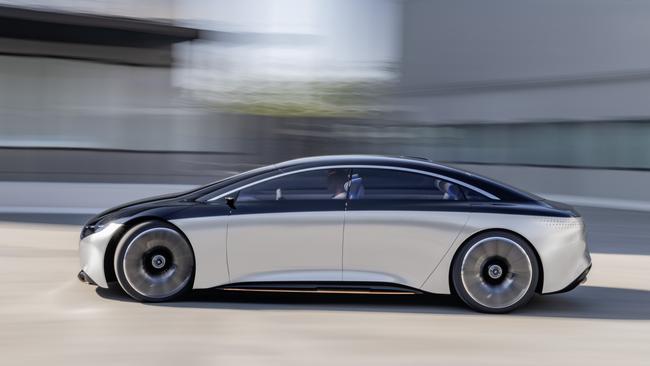
Tesla is leading the way on self-driving tech but has hit hurdles with customers becoming over-reliant on the car’s capabilities.
America’s National Transportation Safety Board said an Apple employee who survived a serious crash with his Tesla in “Autopilot” mode was “likely distracted by a gaming application on his cell phone before the crash”.
Emeritus Professor Ann Williamson of the University of NSW’s Transport and Road Safety research centre, believes the reality of self-driving cars could be decades away.
“It’s hard to be confident that, come 2050, we are going to be all that close to some of the whiz-bang things that people have been talking about,” she said.
“At the moment we are still struggling a bit with some of the technologies that are now in vehicles that are supposedly assistive and that aren’t quite there. They work sometimes, but quite often they don’t.”
Professor Williamson still remains excited by the prospect of driverless vehicles.
“The whole idea of having a vehicle that can take you places and have you doing different things rather than sitting in the traffic – bring it on, please,” she said.
“However, it has got to be done properly and safely.”
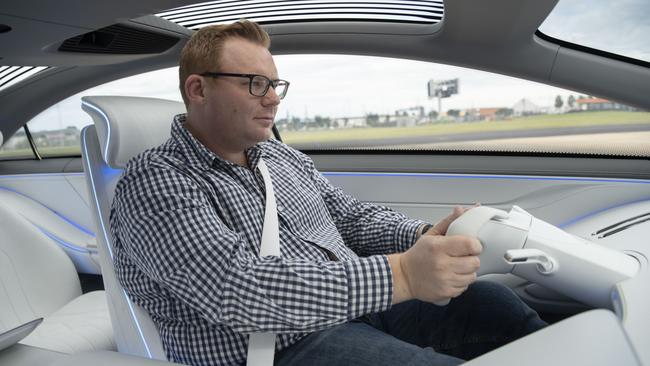
RIDING SHOTGUN FROM THE DRIVER’S SEAT
Self-driving cars aren’t in Australia yet – the closest equivalents are modern machines with sophisticated driver assistance that can help go, stop and steer under close supervision.
We’ve ridden in prototypes with more capability than what is currently offered to consumers, and driven models sold overseas with advanced capability allowing you to hand control to the car in some circumstances.
Our most recent semi-autonomous test-drive took place in Tokyo in late 2019, before coronavirus locked down international travel.
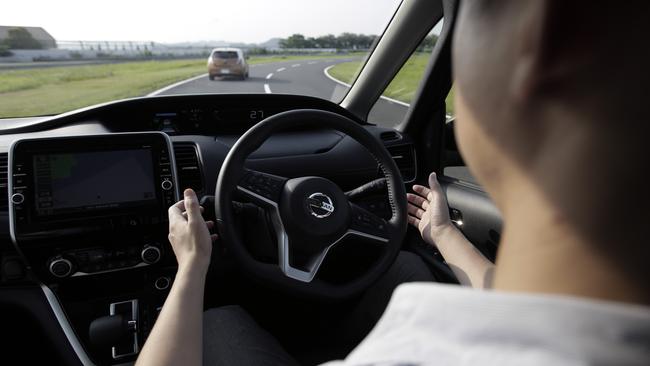
A Nissan Skyline luxury sedan not sold in Australia offered what Nissan describes as “on-ramp to off-ramp highway driving”. Limited to well-marked dual-carriageway routes with no pedestrians, traffic lights or intersections, the ProPilot 2.0 system is an advanced cruise control system.
Drivers set a destination in the car’s cruise control. When they reach a motorway on-ramp, the car’s digital dashboard informs them that ProPilot can take over, which is activated with the push of a button on the steering wheel. The car then stays within a lane selected by the driver, maintaining a steady speed while negotiating gentle expressway curves. The system can even overtake slower cars without the need for steering input.
It relies on ultra-high resolution mapping of the environment, which means it only works on modern roads scanned by dedicated equipment. The Nissan also has cameras on the front, rear and sides, along with radars and a special GPS antenna to help the car understand its precise location. A driver monitoring camera watches to make sure you are paying attention, ready to grab the steering wheel at a moment’s notice.
Though it is an impressive achievement, driving with ProPilot 2.0 or similar systems is not particularly relaxing, as you must vigilantly supervise the car’s driving and its environment. It’s a like riding beside a learner or novice driver – you have to trust in their ability, but doing so isn’t always comfortable.
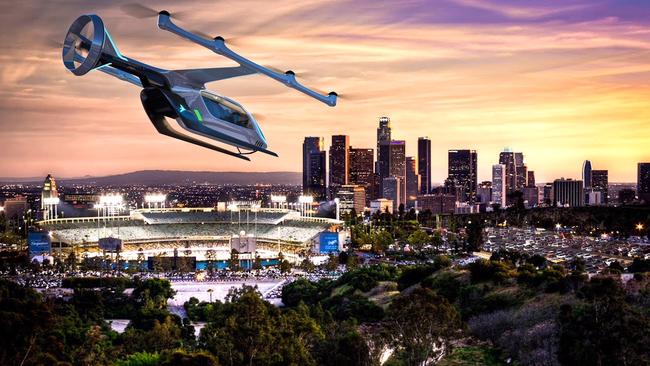
WHAT’S NEXT: A LOOK AT CONCEPTS BEING INVESTIGATED BY THE CAR INDUSTRY
Flying cars: From Back to the Future, the Jetsons, Star Wars and beyond, flying cars are a staple of utopian future tales. Businesses such as Uber are throwing their weight behind compact helicopter-like pilotless electric vehicles as a way for passengers to beat the traffic.
No steering wheels: The dream of swivelling in your seat to chat with passengers in a wheeled loungeroom is perpetually just a few years away. Though there have been many fanciful concept cars, limited public trials of driverless pods are ongoing at home and abroad.
Robo-taxis: Elon Musk’s promise that one million driverless electric taxis would be on the road by now hasn’t been realised, but Tesla, Uber, Google, Sony and others are working on it.
Talking cars: Popularised in the 1980s by Knight Rider’s KITT, a car that can talk to you and be a helpful assistant is already here – both as an extension of your smartphone, and with clever tech capable of adjusting the aircon by saying “hey Mercedes, I’m cold”.
Remote delivery: Limited trials of online shopping delivered straight to your car are increasingly common overseas. Connected tech allowing you to remotely unlock your doors will soon make it a possibility in Australia.
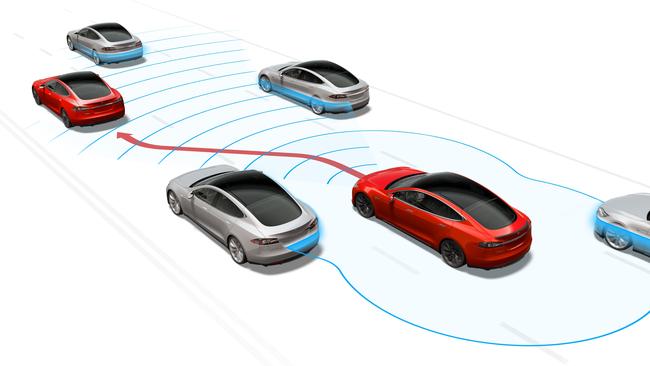
DEFINING THE ISSUE: SIX LEVELS OF AUTONOMOUS CAPABILITY
Level 0: Cars with features limited to providing warnings and momentary assistance, such as automatic emergency braking and blind spot or lane departure warnings. Almost all new cars have some of this tech.
Level 1: Cars that provide steering or brake/acceleration support to the driver, including lane centring or adaptive cruise control. Many new cars are available with this.
Level 2: Cars that provide both steering and brake/acceleration support such as lane centring and adaptive at the same time. A few models are sold with Level 2 capability, particularly luxury cars.
Level 3: Cars that drive themselves when automated features are engaged, but only in limited circumstances when all required conditions are met, such as smart motorways in good weather. The tech is available in limited overseas areas, and not in Australia.

Level 4: Self-driving cars with features that will not require you to take over driving when activated, such as local driverless taxi services. Though there are limited public trials, Level 4 cars are not available for public purchase at home or abroad.
Level 5: Self-driving cars that can drive everywhere in all conditions. Likely to take the form of driverless pod-like vehicles, they will not have a steering wheel or pedals for human control input. The technology exists only in theory – no fully autonomous car works everywhere, all the time.
Source: SAE International

